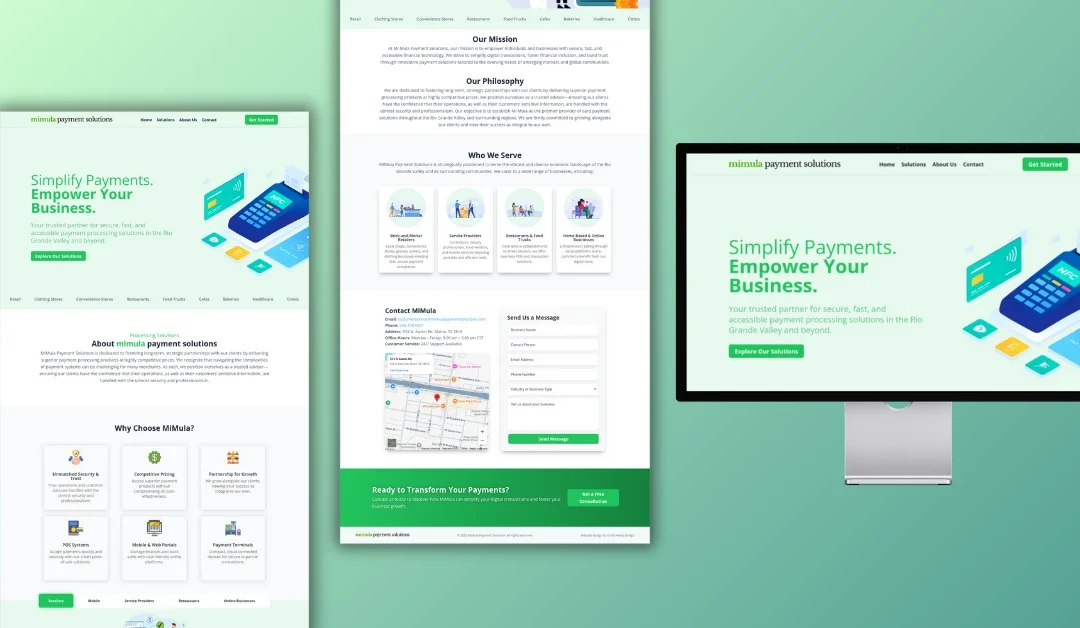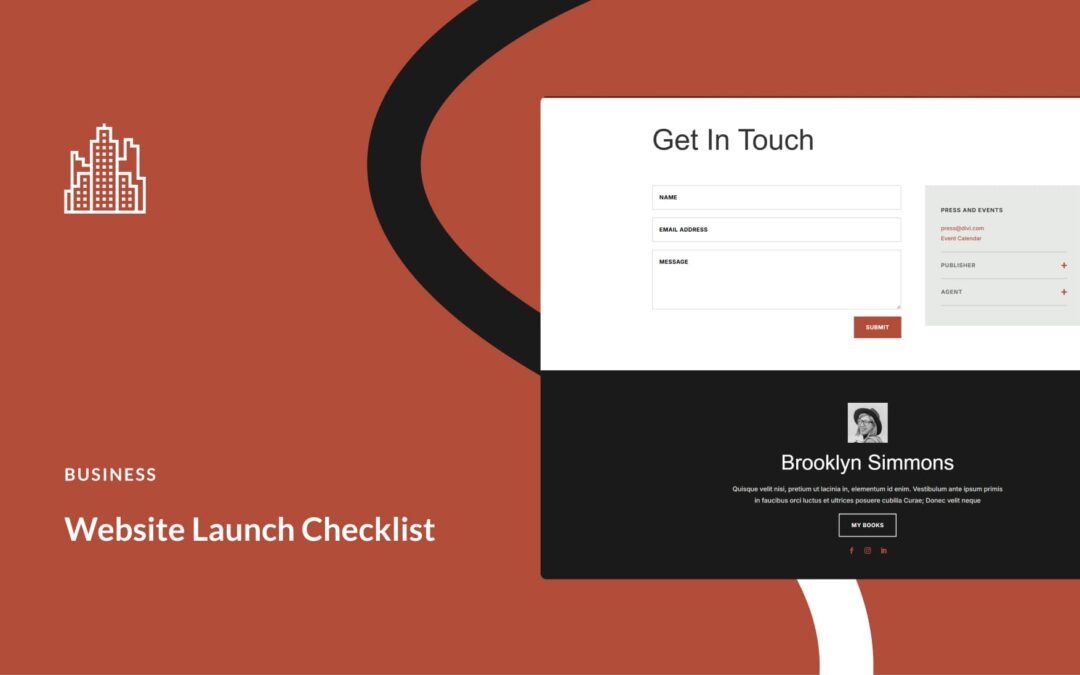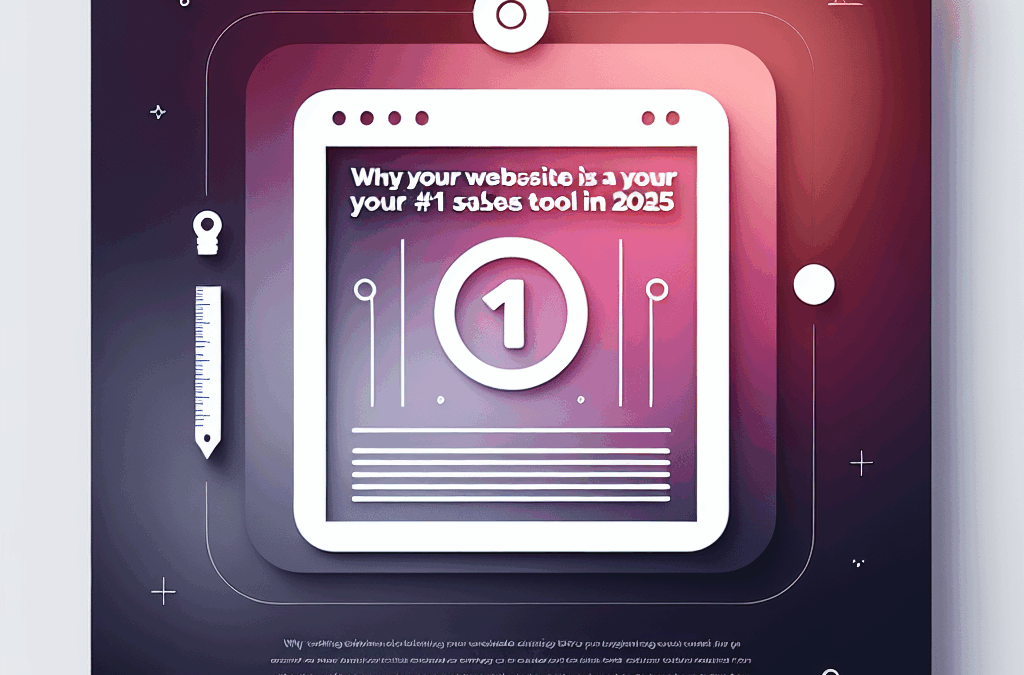Why Your Business Needs to Embrace Qualitative Research
Ever wondered why your awesome products aren’t flying off the shelves like you thought they would? Or maybe you’ve got a great website but ni modo, it’s not bringing in any leads. You’re not alone — many business owners in South Texas, especially in our thriving community here in McAllen, grapple with understanding their customers’ true needs.
What if I told you that numbers alone can’t provide the full picture? Sure, they can tell us a lot, but qualitative research dives deeper into the "why," helping you unlock insights that lead to better marketing strategies, improved services, and ultimately, more business.
The Importance of Qualitative Research
Understanding how your customers think and feel about your products is super important for improving what you offer. Incorporating qualitative research into your feedback process can make all the difference. It helps you understand your customer base on a personal level — what motivates them, what frustrates them, and what keeps them coming back for more.
What Exactly is Qualitative Research?
In simple terms, qualitative research helps you explore the feelings and thoughts behind the numbers. It lays the groundwork for creating hypotheses, which can later be validated or challenged through quantitative research. Think of it as the "why" behind the data. This approach gives you a holistic view of your customer behavior and helps clarify what steps to take next in your marketing strategy.
Mixing It Up: Qualitative and Quantitative Research
So how does qualitative research fit in? Picture this: you have both quantitative data (like web traffic or sales numbers) and qualitative insights (like customer feedback). When combined, they provide a full, rich tapestry of understanding about your customers. Quantitative research often looks at large groups, while qualitative digs into the smaller nuances, revealing the deeper stories that numbers can’t tell.
Real-World Application: Samsung’s Case Study
Let’s take a cue from Samsung. They once faced the challenge of redesigning their televisions. By using qualitative methods like ethnographic research, they realized that many customers viewed their TVs more as furniture than electronics. This sparked ideas for sleeker designs. They then backed it up with quantitative surveys that confirmed customer preferences, leading to a product that not only looked good but also served a purpose.
Different Approaches to Qualitative Research
Even though qualitative research has many approaches, they all share a common goal: understanding customer behavior. Here’s a quick rundown of some popular methods:
1. Ethnographic Research
This involves observing customers in their natural environment. Think of it as getting a behind-the-scenes look at how they use your products in real life. This method is great for spotting pain points and optimizing the customer experience.
2. Narrative Research
Through in-depth interviews, you collect personal stories over an extended period. This way, you can pinpoint themes that guide product development or marketing strategies.
3. Case Study Research
Analyze real-life instances where customers have successfully used your products. This can be a powerful tool for building trust and credibility.
4. Phenomenological Research
By understanding the experiences of your customers, you can better gauge their feelings and thoughts about your brand. This insight is invaluable for resolving internal and external challenges.
5. Grounded Theory Research
This method combines extensive data collection to unearth trends and behaviors over time, shaping future product decisions.
Key Methods to Implement
When you decide to do qualitative research, here are some methods to consider:
- In-Depth Interviews: One-on-one conversations that allow for deep dives into customer perceptions.
- Focus Groups: A small group of similar demographics discussing their feelings about your brand or product, fostering organic interactions.
- Surveys: Get quick insights from your existing customer base using a mix of open and closed questions.
- Observations: Watch how customers interact with your product in real life without the influence of a formal interview setup.
Ready to elevate your marketing strategy and truly connect with your customers? Embracing qualitative research isn’t just a trend; it’s a powerful tool to give your business the edge it needs.
Call to Action
So, are you ready to take a closer look at what your customers really want? Don’t let your awesome products sit on the sidelines. Let’s talk about how we can harness qualitative research to get those leads rolling in. Hit us up at Ericks Web Design — we’re right here in the Valley, ready to help local businesses shine!
And remember, businesses with updated websites can generate up to 3x more leads than those without, according to stats from Forbes. Why not stay ahead of the curve?
Source:
https://blog.hubspot.com/service/qualitative-research-methods










